Introduction
Dried tangerine peel, known as Chenpi in Chinese, is a culinary and medicinal treasure with a history spanning centuries. Revered for its aromatic complexity and therapeutic properties, this ingredient is produced through a meticulous process that transforms fresh citrus rinds into a prized commodity. Beyond its flavor-enhancing capabilities in dishes like soups, stews, and desserts, Chenpi is also a cornerstone of traditional Chinese medicine, believed to aid digestion, alleviate coughs, and balance the body’s energy. The value of Chenpi lies not only in its applications but also in the craftsmanship required to produce and preserve it correctly. This article delves into the intricate steps of creating high-quality dried tangerine peel and explores the best practices for its long-term storage, ensuring its potency and flavor remain intact for years.
The Production Process: From Fresh Fruit to Aged Treasure
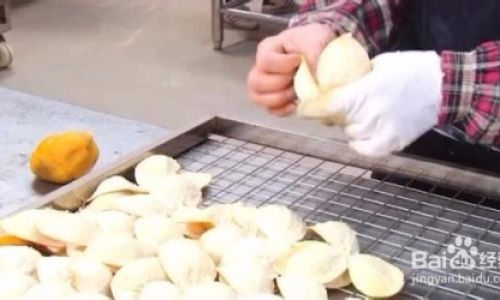
Selecting the Right Tangerines
The journey of Chenpi begins with the careful selection of tangerines. Only specific varieties, such as Citrus reticulata ‘Chachi’ or Citrus reticulata ‘Dahongpao’, are suitable for this purpose. These tangerines are prized for their thick, oil-rich peels, which contain higher concentrations of volatile compounds like limonene and flavonoids. The fruit’s maturity is critical—overripe peels may ferment prematurely, while underripe ones lack the necessary sweetness and aroma. Farmers typically harvest tangerines between November and December when the peels achieve optimal thickness and flavor.
Harvesting and Initial Cleaning
After harvesting, the tangerines undergo a thorough cleaning process. Dirt, debris, and any chemical residues are removed by gently scrubbing the peels under cool running water. Some artisans prefer using natural cleansers like vinegar or baking soda to ensure no contaminants remain. The fruit is then patted dry with clean cloths to prevent moisture buildup, which could lead to mold during drying.
Peeling Technique: Precision Meets Tradition
The peeling method significantly impacts the final product’s quality. Skilled craftsmen use a three-step technique to remove the peel without damaging the pith (the white inner layer) or the fruit itself. First, a small incision is made at the base of the tangerine. Next, the peel is carefully separated from the flesh using a specialized knife, maintaining its完整性 (integrity). The peel is then sliced into quarters or thirds, depending on the desired size. Each strip should be uniform in thickness to ensure even drying.
Drying: The Transformation Begins
Drying is the most delicate phase of Chenpi production. There are two primary methods: natural sun-drying and controlled oven-drying.
-
Sun-Drying: This traditional approach involves spreading the peel strips on bamboo trays or mats under direct sunlight. The peels are turned regularly to prevent uneven drying and to expose all sides to sunlight. Sun-drying can take up to two weeks, depending on weather conditions. While labor-intensive, this method is favored for preserving the peel’s natural oils and enhancing its aromatic profile.
-
Oven-Drying: A modern alternative, oven-drying accelerates the process by maintaining a steady temperature (typically between 50–60°C or 122–140°F). The peels are arranged on wire racks and dried for 8–12 hours, with periodic ventilation to release moisture. Though faster, oven-drying requires careful monitoring to avoid overheating, which can degrade the peel’s quality.
Regardless of the method, the peels must lose approximately 70–80% of their moisture content to prevent spoilage. Properly dried peels feel leathery to the touch and emit a faint citrus scent.
Aging and Maturation: The Secret to Superior Flavor
Freshly dried tangerine peel is merely the foundation—aging is where its true character develops. The peels are stored in breathable containers like cloth bags or wooden crates and kept in a cool, dry place. Over time, enzymatic reactions and oxidation transform the peel’s chemical composition, deepening its flavor and medicinal potency. The aging process can span several years, with premium Chenpi often aged for five years or more. Some connoisseurs even age peels for decades, believing the longer maturation period enhances their value.
Grading and Quality Assessment
Aged Chenpi is graded based on color, aroma, and texture. High-quality peels exhibit a deep amber hue, a rich, citrusy fragrance with earthy undertones, and a pliable yet slightly brittle texture. Any signs of mold, discoloration, or off-odors indicate improper drying or storage. The finest Chenpi is typically sold whole, while lower grades may be ground into powder for culinary use.
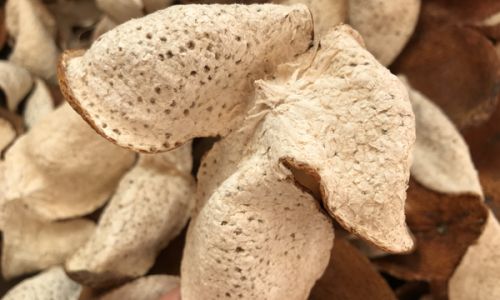
Preservation Techniques: Safeguarding Flavor and Potency
Ideal Storage Conditions
Proper preservation begins with controlling environmental factors. Chenpi thrives in cool, dark environments with stable humidity levels (40–50%) and temperatures between 15–25°C (59–77°F). Exposure to heat, light, or excessive moisture can accelerate degradation, causing the peels to harden, lose aroma, or develop mold.
Choosing the Right Containers
The choice of storage vessel significantly impacts longevity. Options include:
-
Glass Jars with Tight Lids: Ideal for small batches, glass jars provide an airtight seal while allowing visibility. Ensure jars are sterilized before use to prevent bacterial growth.
-
Ceramic Pots: Traditionally favored, ceramic pots offer breathability and insulation. Line the pot with clean parchment paper to absorb excess moisture.
-
Wooden Chests: Cedar or sandalwood chests impart a subtle fragrance while regulating humidity. Avoid chests treated with chemicals, as they may contaminate the peels.
Regardless of the container, avoid plastic bags or metal tins, which can trap moisture and cause spoilage.
Handling and Inspection
Regular maintenance is crucial. Every 3–6 months, inspect the peels for signs of mold or pests. Gently brush off any dust with a soft brush. If mold appears, discard affected pieces immediately to prevent contamination. Some preservers recommend rotating the peels annually to ensure even aging.
Combating Common Challenges
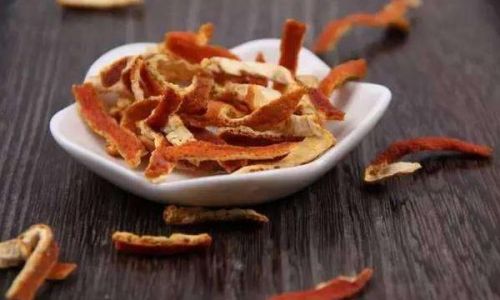
-
Mold Prevention: To deter mold, place a small pouch of dried rice or silica gel in the container to absorb excess moisture. Replace these desiccants every few months.
-
Insect Control: Store Chenpi away from pantry moths or weevils. Freezing the peels for 48 hours before storage can eliminate larvae or eggs.
-
Humidity Management: In humid climates, use a dehumidifier near the storage area. In arid regions, place a shallow dish of water nearby to maintain minimal moisture.
Aging Beyond Preservation
For enthusiasts seeking enhanced flavor, continued aging is beneficial. Some families pass down Chenpi through generations, with each year adding depth to its taste and medicinal properties. To age further, transfer the peels to larger containers and repeat the inspection process periodically.
Culinary and Medicinal Applications
Chenpi’s versatility extends far beyond preservation. In cooking, it imparts a bittersweet tang to dishes like braised pork, duck congee, and mooncakes. Its aromatic oils also elevate teas and infusions. Medically, Chenpi is used to alleviate bloating, reduce phlegm, and soothe sore throats. Modern studies suggest its flavonoids may have anti-inflammatory and antioxidant effects.
Conclusion: The Enduring Legacy of Dried Tangerine Peel
The production and preservation of Chenpi embody the harmony between tradition and science. From the meticulous selection of tangerines to the years-long aging process, every step reflects a deep understanding of nature’s rhythms. By adhering to time-tested methods and modern preservation techniques, enthusiasts can ensure this culinary gem retains its magic for generations. Whether used in a hearty stew or a calming herbal remedy, Chenpi stands as a testament to the art of transforming simplicity into enduring excellence.

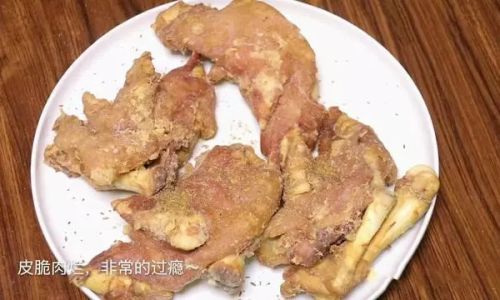
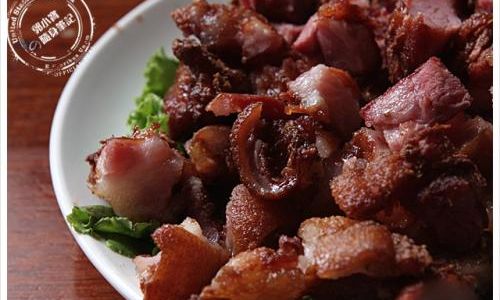

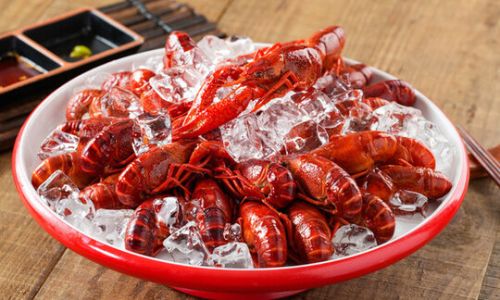
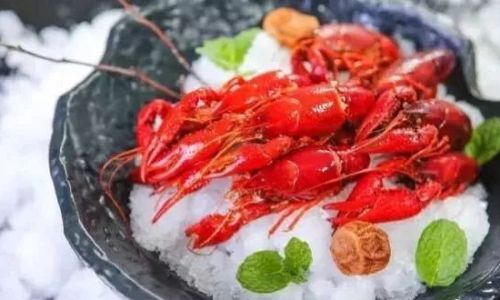
0 comments